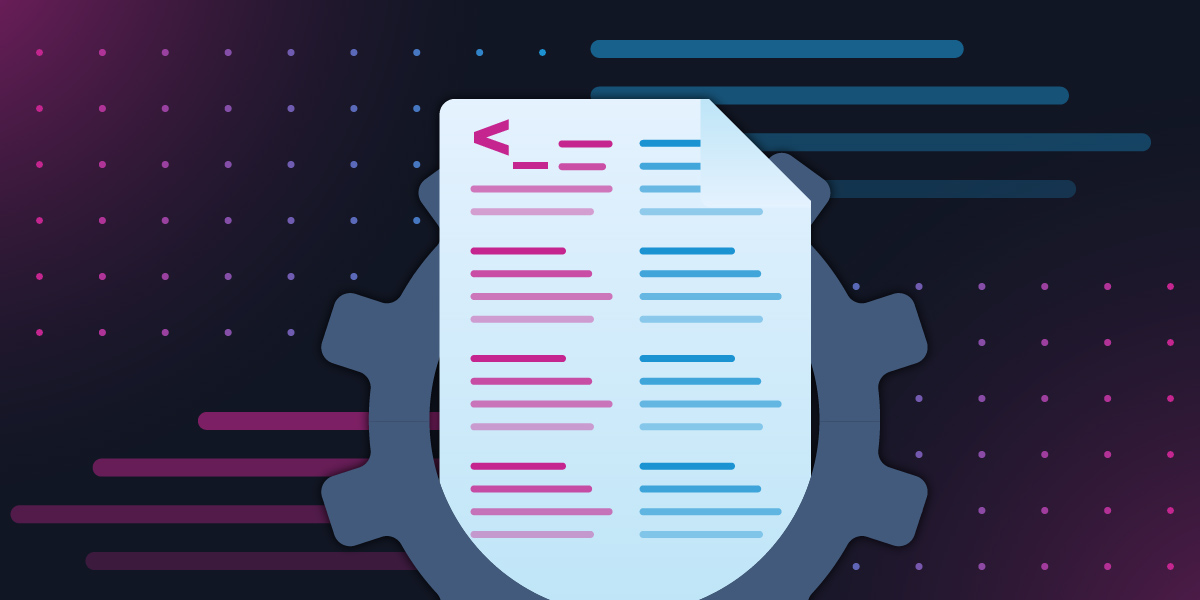Historically, networks have been built and managed on the Command Line Interface (CLI) with a human-first approach. While this still remains the preferred method for many network engineers, it is unable to scale or keep pace with the rate of change. Networks are becoming more complex every day across various domains such as Cloud, SD-WAN, new Data Center architectures, and more. All of these distributed network resources require changes to enable connectivity to applications and services.
As network infrastructure continues to become more programmable, it’s critical that organizations evolve their existing CLI-based automation scripts and move to an API-first integrated workflow approach.
Why Evolve From CLI Scripts to API-Based Automation Workflows
If organizations continue to stick to the status quo of CLI automation scripts, they run into several challenges:

By making the leap from CLI to API automation, organizations can automate across their entire network — physical, virtual, cloud, or a hybrid of all. Automation tasks for every integrated system across every network domain can be normalized and presented in a single workflow. That means automation is no harder to build for complex infrastructure than it is for simple, single-domain infrastructure. But to achieve that target state, organizations need to decide how they are going to integrate their automations with both their CLI and API-based infrastructure.
How to Address Existing Non-API Network Infrastructure
Despite today’s hybrid networks, organizations will still need to manage specific legacy network infrastructure that has no API capabilities, even as they continue to adopt more API-first network infrastructure. And this legacy infrastructure still provides functions that must be automated. That means organizations need to adapt the way they automate CLI-based infrastructure so the process can fit into the new API-first model. To achieve this, organizations have two main options.
Option 1: Build an API Framework from Scratch
Many customers believe that because they build CLI automation scripts from scratch, they also have to build their API framework from scratch. But to do this, engineers must dive headfirst into the world of programming, learning to code in order to build the right API framework to integrate with their scripts.
This poses a significant challenge, as engineers need to understand how the API works with the script both to expose the right features and methods and to define the network connectivity that your script will use. This could even end up with the engineer needing to rewrite the script to be more modular so they can make the right API calls. It slows organizations down at every stage — engineers will spend more time learning, more time building integrations, and less time creating new automations or working on higher priority items.
The next hurdle is determining which tools and language to use. By developing in specific languages, you may find it becomes more difficult for your entire team to utilize what’s been built. Often, this means automation stays stuck in silos, only leveraged by those who know in detail how to use each script.
Lastly, engineers also must figure out how secure the API through Role Based Access Control to provide granular control of who can run parts of your API endpoints.
By taking the DIY route, organizations are looking up a very high mountain to climb to move their existing legacy infrastructure into the new world of API automation.
Option 2: Transform Your Scripts Into APIs
The second option is to leverage a tool that can auto-discover your script assets so they can be used in your automation workflows — with no programming required. By taking this approach, organizations don’t have to start from scratch. Instead, you can leverage the scripts you’ve invested time and resources into building, no matter the language.
Itential’s Automation Gateway enables you to define APIs on top of scripts without code, normalizing the scripts to become part of API-based workflows. This allows teams to incorporate all of their scripts for easy access across their organization, mitigating the risk of “automation silos.”
This route allows teams to focus on building their end-to-end automations right away, instead of spending time building out their own API framework from scratch.
Bring Your Own Automation with Itential’s Automation Gateway
Itential’s Automation Gateway is a standalone application built to make network automation and network programmability easy. It enables network teams to seamlessly integrate their existing automation efforts and transform scripts into APIs, so all assets can be normalized for use in end-to-end network automation workflows. Its Bring Your Own Automation capabilities allow teams to leverage any custom-built scripts, Ansible, or Terraform automations, delivering a much quicker time to value.
By bringing CLI automation scripts into today’s API-based infrastructure, organizations get the most value out of network automation efforts across their hybrid networks without the need to onboard new systems or rewrite scripts. Want an in-depth, firsthand look at how it all works? Check out this demo showing just how easy it is to integrate your existing CLI-based assets into an Itential workflow or you can take an interactive tour of Itential’s Automation Gateway.





